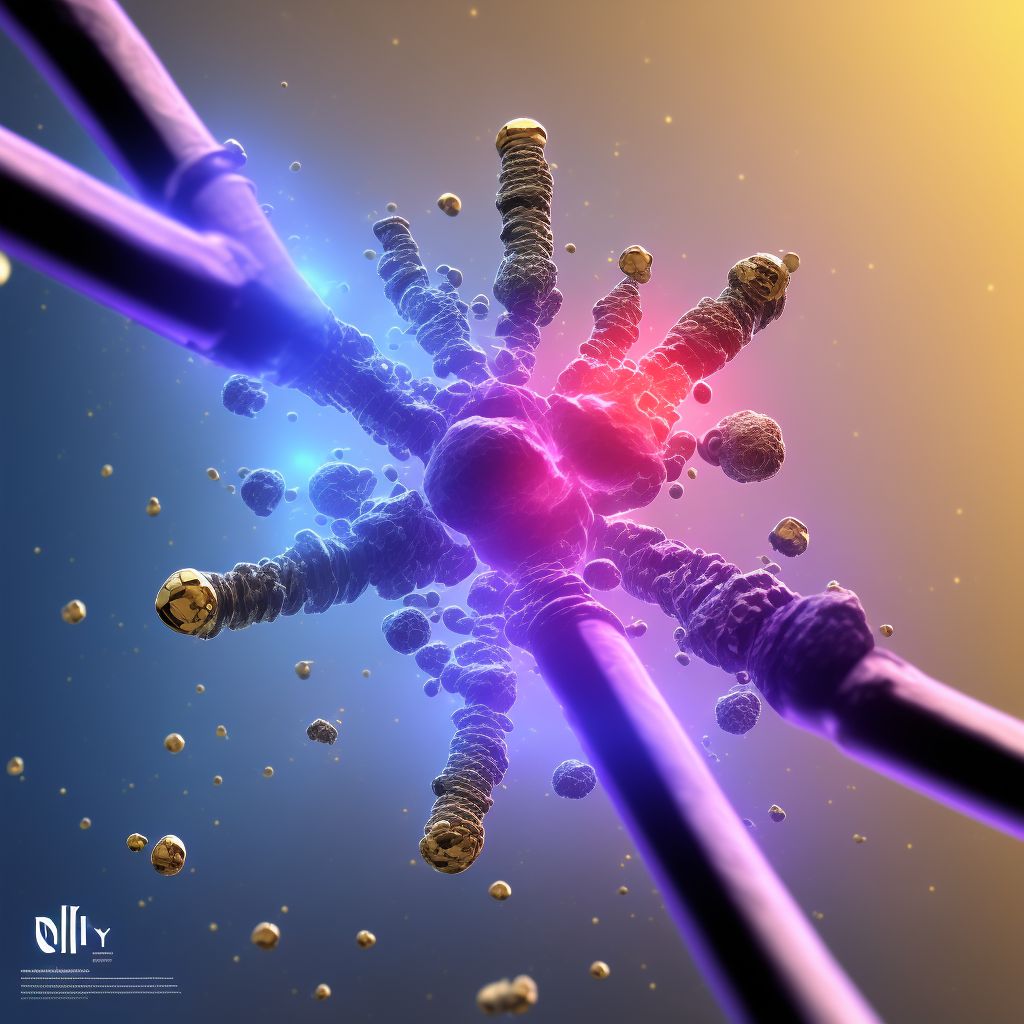
Displaced spiral fracture of shaft of left tibia, subsequent encounter for open fracture type IIIA, IIIB, or IIIC with nonunion Save
ICD-10 code: S82.242N
Disease category: S82.242: Displaced spiral fracture of shaft of left tibia
Displaced Spiral Fracture of Shaft of Left Tibia: Understanding the Subsequent Encounter for Open Fracture Type IIIA, IIIB, or IIIC with Nonunion
A displaced spiral fracture of the shaft of the left tibia is a severe injury that can lead to long-term complications. In some cases, the fracture may become an open fracture, with the bone breaking through the skin. When this occurs, it is classified as Type IIIA, IIIB, or IIIC, depending on the severity of the open wound and soft tissue damage. Furthermore, if the fracture fails to heal or fuse properly, it can result in nonunion.
Open fractures of the tibia are particularly challenging due to the risk of infection and delayed healing. Type IIIA open fractures involve a wound smaller than 1 cm, while Type IIIB fractures have a wound larger than 1 cm with extensive soft tissue damage. Type IIIC fractures are the most severe, involving arterial injury and requiring immediate surgical intervention.
Nonunion refers to the failure of a fracture to heal within the expected timeframe. It can be caused by various factors, including infection, inadequate immobilization, poor blood supply, or excessive movement at the fracture site. Nonunion of tibial fractures can lead to chronic pain, deformity, and functional limitations.
- Displaced spiral fracture: A fracture characterized by a twisting or rotational force causing the bone to break in a spiral pattern.
- Open fracture: A fracture where the bone breaks through the skin, increasing the risk of infection.
- Type IIIA, IIIB, or IIIC: Classifications for open fractures based on the severity of the wound and soft tissue damage.
- Nonunion: The failure of a fracture to heal or fuse properly within the expected timeframe.
Understanding the nature of a displaced spiral fracture of the shaft of the left tibia and its subsequent encounter for open fracture Type IIIA, IIIB, or IIIC with nonunion is crucial for healthcare professionals involved in the treatment of such injuries. By comprehending the complexities associated with these fractures, medical professionals can optimize their management strategies and improve patient outcomes.
Treatment of Displaced spiral fracture of shaft of left tibia, subsequent encounter for open fracture type IIIA, IIIB, or IIIC with nonunion:
Treatment Options for Displaced Spiral Fracture of Shaft of Left Tibia
A displaced spiral fracture of the shaft of the left tibia, subsequent encounter for open fracture type IIIA, IIIB, or IIIC with nonunion, can be a complex and challenging condition to treat. However, there are several treatment options available to promote healing and restore function. Here are some of the comm...
To see full information about treatment please Sign up or Log in